Bon voyage: Travel sectors look ahead
Travel brands took a major hit surrounding COVID-19, but they’re down, not out.
Travel recovery to be phased
While advertising spend plummeted swiftly amidst COVID-19, the uptick will happen in stages.
As such, there are opportunities for marketers to address consumers regarding future travel. According to research from Mintel’s Global COVID-19 Consumer Tracker, nearly one in three travelers says going on vacation is one of the top three things they are most looking forward to when social distancing measures are relaxed.
Brands should consider what consumers see as their short- and long-term travel needs and offer support in relevant ways.
Airlines look ahead and showcase CSR efforts
COVID-19 hit the US during peak travel seasons – spring break and summer. As such, brands quickly reassured customers that, when ready, travel would be safe and clean.
As customers rushed to reschedule travel, airlines led with empathy but also incentivized future travel. American Airlines sent an email campaign assuring customers that once they are ready to travel, the brand will be there for them.
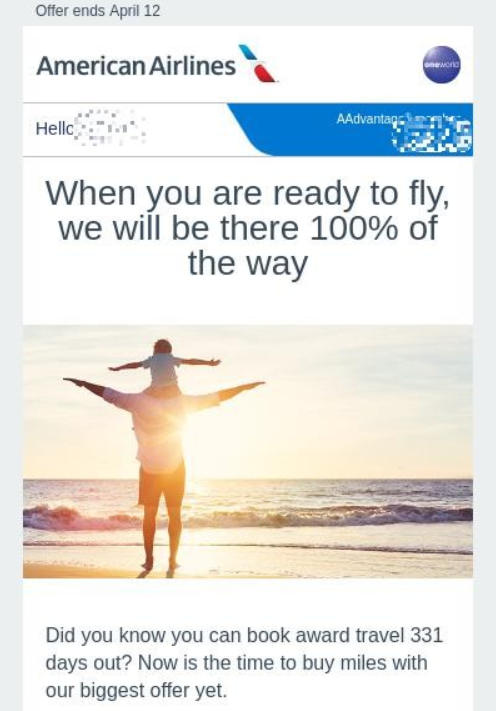
Spirit and American Airlines smartly promoted brand partners that would still be relevant to those stuck at home. By offering points earned via Walmart, CVS, Grubhub, and Disney+, the airlines are rewarding customers on these essential spend categories.

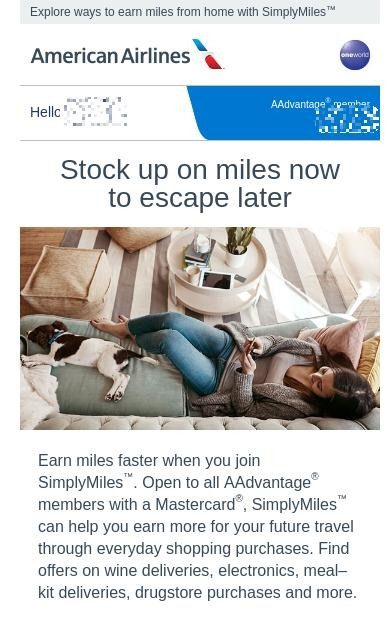
One solid sign of support came from American Airlines and Hyatt as they partnered to honor hospital workers in New York. In a press release, American Airlines stated the two companies, “are coming together to show their appreciation to one of the hospitals hardest hit by COVID-19 in the U.S…more than 4,000—at NYC Health + Hospitals/Elmhurst will be treated to roundtrip flights on American Airlines to Hyatt hotels in select destinations across the U.S. and Caribbean.”

Cruises save face for future travel
As COVID-19 spread globally, cruise lines were literally stranded at sea. With many ships forced to quarantine off-port, the news coverage favored the chaos and didn’t do any favors for the industry’s reputation. Cruise lines were forced to quickly re-asses their value propositions and marketing strategies in order to stay top of mind for consumers once travel resumes.
Norweigan Cruise Lines tried to stay afloat with worry-free bookings and staycation adventures.
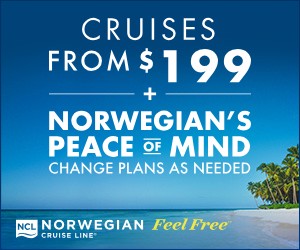
Pre COVID-19, Celebrity Cruises had the second-highest ad spend. While it did cut spend during COVID-19, it failed to re-align messaging. Celebrity Cruises didn’t offer deep discounts or booking reassurance in acquisition pieces. Rather, it stuck to its brand value propositions of luxury and aspirational travel.

Hotels stay in the moment and brace for further declines
With no consumers traveling, hotel brands and vacation rental companies cut back spend big time in April as demand plummeted. Hilton, Marriott, and Vrbo had significant month-to-month decreases, according to Comperemedia Omni data. Additionally, Airbnb cut back all digital spend in May (when it laid off a quarter of its workforce).
While messaging spoke to upcoming travel or an opportunity to take a break from home life, standouts included Vrbo and Airbnb. Both brands gave back to consumers, and such efforts bode well as consumers look to brands to help during a crisis.
Airbnb launched a “Host a Hero” campaign, asking consumers to consider renting out a room for first responders.
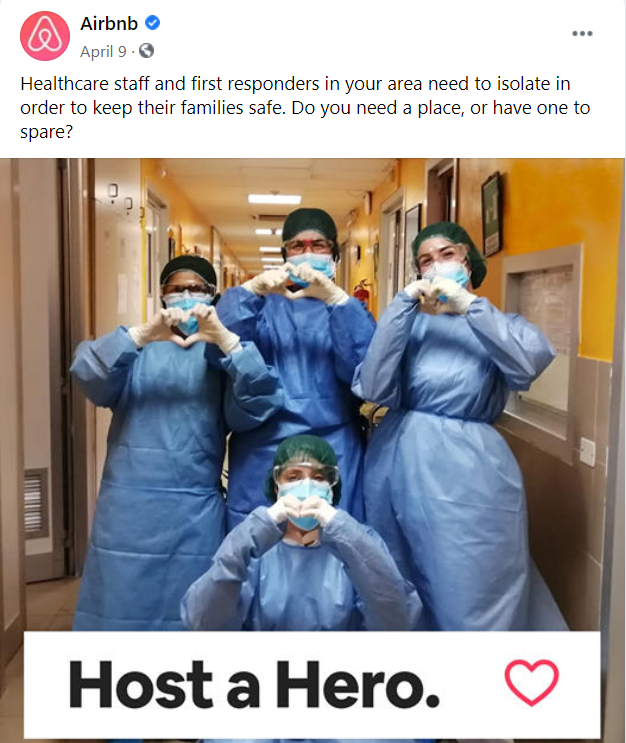
Vrbo took more of a giveaway angle, giving away $1k to moms for Mother’s Day. Both of the campaigns used an altruism angle to help keep the brand name present in the face of plummeted demand.
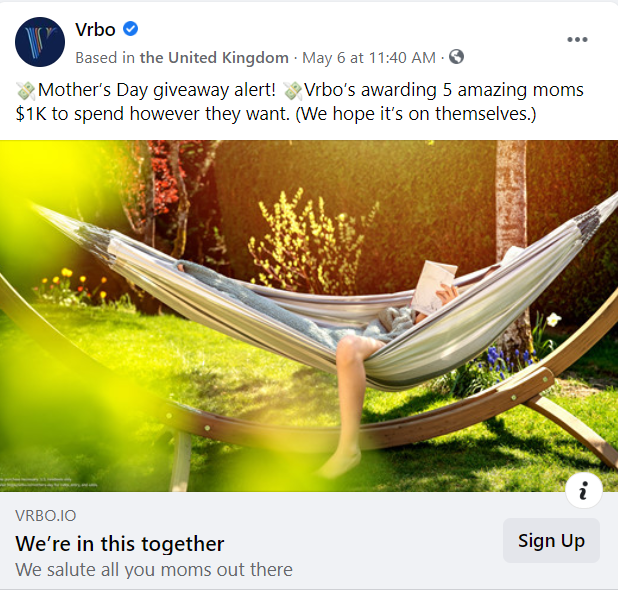
Hyatt‘s lack of campaign monitoring resulted in a tone-deaf display ad. The ad, first launched in February, was not pulled after the COVID-19 stay-at-home orders were in place. Therefore, its “It’s good not to be home” tagline came off as insensitive to travel restrictions.
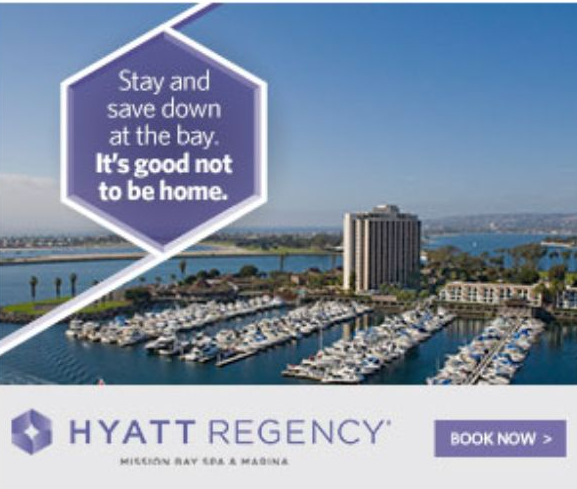
What we think
Travel is on the right course. While each sector has its unique challenges, airlines, cruises, and hotels are headed in the right direction in terms of keeping customers engaged. Brands should consider the following when adjusting their marketing strategies:
- Creative relevancy is critical now; Ensure any pre-planned tactics go through an audit to keep creative on-message.
- Consider speaking up: During the 2008 Great Recession, brands that invested in excess share of voice saw 4.5 times the annual market share growth, according to LinkedIn.
- While acquisition numbers might be in jeopardy, consider current customers and loyalty efforts that keep them engaged.



